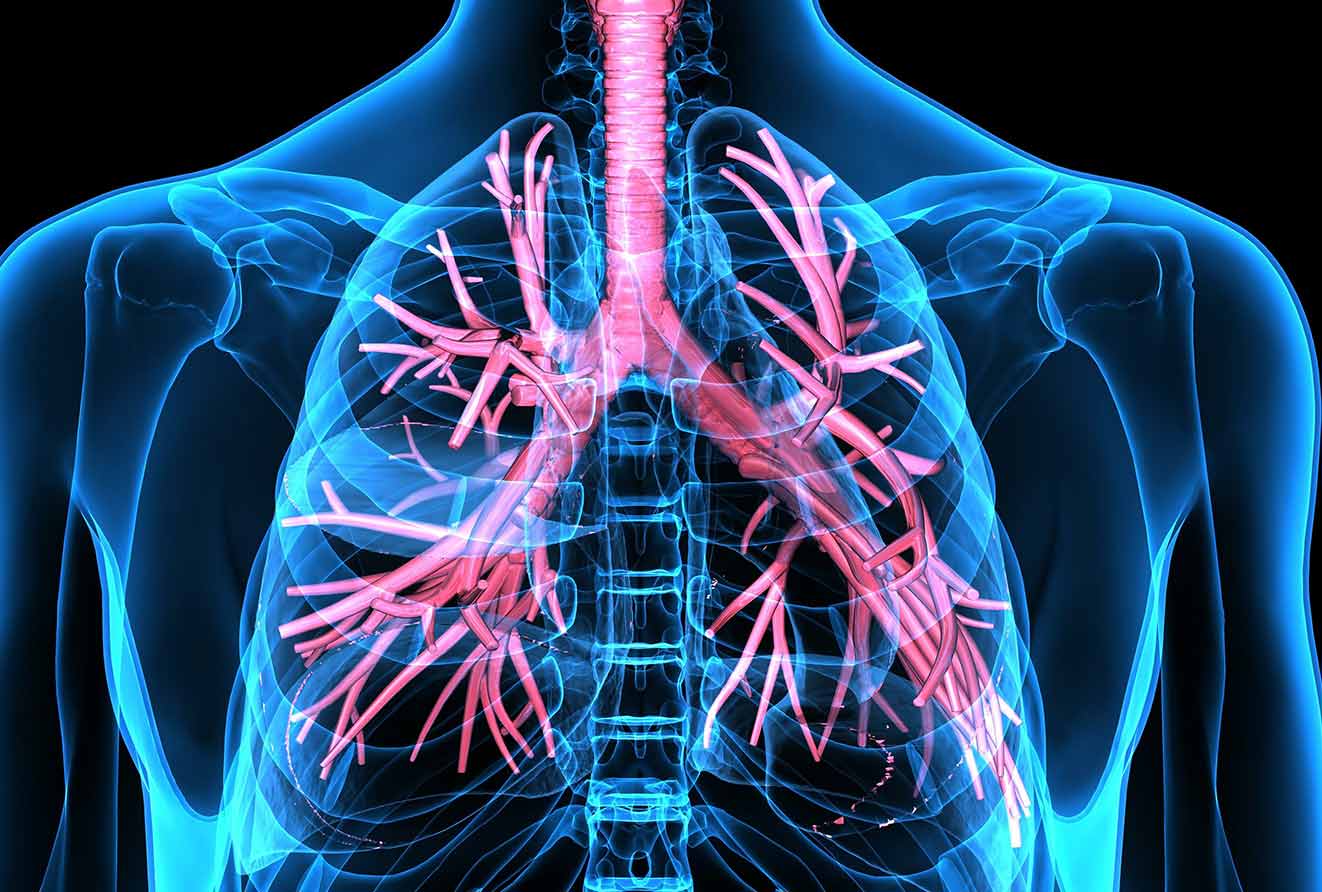5 key trends in managing respiratory diseases

With more than 200 million patients suffering from Chronic Obstructive Pulmonary Disease (COPD), 235 million asthmatics, and 8.7 million patients affected by tuberculosis, respiratory diseases are gaining ground worldwide [1]. Given these numbers and the impact on patients’ quality of life, manufacturers are looking for innovations that could improve patient care. Alcimed, a consulting company specialized in innovation and new businesses, looked into the 5 key trends that will define the future of respiratory disease management.
In recent years, the field of respiratory diseases has experienced a number of advances that not only make it possible to offer more effective treatments, but also improve patient care. A reflection on 5 key trends is provided in this report.
More efficient treatments thanks to galenic innovations
Whether through the mucosal (aerosol) or systemic (IV) route, the administration of treatments targeting respiratory diseases still raises concerns. On the one hand, systemic administration is related to many side effects. On the other hand, the use of inhalation devices is linked to a reduced effectiveness, as molecules are partially deposited in the oropharyngeal tract, preventing them from reaching infected cells. But how can this be remedied? Several laboratories have been investigating various molecule delivery methods and developing innovative inhalers – such as pressurized dosing inhalers which are automatically triggered as the patient inhales (Autohaler®, Easi-Breathe®). Research is also being performed into galenic forms of molecules, which are redesigned to optimize their action. As an example, the Insmed laboratory is working on developing liposomal membranes that allow drugs to be dispensed directly to the infection site in the lung.
Advances in personalized medicine
Response to treatment may differ depending on the patient’s genetics. This is particularly the case for asthma and COPD. Therefore, in order to develop appropriate treatments, it is essential to identify new biomarkers. Today, the inflammatory pathway related to eosinophils, a type of white blood cell, is recognized as one of the main pathways to target in the treatment of these two diseases; new related biomarkers are being developed, leading to new treatments. Two new monoclonal antibodies have recently been approved and marketed by AstraZeneca and GSK (Fasenra® Benzalizumab [2] and Nucala® Mepolizumab [3]). This trend in biomedicines targeting specific signaling pathways is far from slowing down. A significant number of monoclonal antibodies are now in phase II/III clinical trials [4], suggesting that the presence of personalized medicine for the treatment of asthma and COPD will increase over the next 5 to 10 years.
Connected devices for autonomous support
The effectiveness of asthma and COPD treatments is not only related to the personalization of treatments but also to the proper use of the inhaler. Nowadays, connected devices make it possible to educate patients about their use, notably through integrated sensors connected to mobile applications. These allow the patient to check the inhaled dose after each use, increasing the patients’ proactivity and autonomy in the management of their disease. New connected devices, currently still in prototype phase, go even further by detecting early signs of decline in the patient’s condition. This is for example the case with the connected Respia patch. It will allow the patient to detect respiratory disorders and inflammation before a crisis occurs. This would enable the patient to anticipate the situation by taking medication before exacerbation arises.
Connected devices in clinical trials
Connected devices are also implemented in clinical trials to monitor certain parameters. They make it possible to consolidate the conclusions of the study and thus indirectly the future treatments. For example, GSK has for several years established a partnership with Propeller Health who offers sensors that connect to GSK inhalers in order to monitor patients’ data from clinical trials in real-time [5].
Telemonitoring
Although the previously discussed concepts offer patients more autonomy, the latter aren’t always able to manage potential crisis situations on their own. Telemonitoring however makes it possible to involve the clinician remotely through the monitoring of patients’ data (e.g. oxygen saturation, cough frequency, etc.) recorded by connected devices. This data enables the clinician to detect potential deterioration in the patient’s condition at an early stage, with the overall aim of acting as quickly as possible and avoiding the still too frequent hospitalizations. What remains is to integrate this new tool into practice, in particular by demonstrating the economic benefits for healthcare systems.
“Respiratory diseases are a real burden for patients suffering from them. Innovations and advances in terms of drugs, as well as the inclusion of digital technology in the current patient care path, are necessary to move forward in this field; following the same model as the evolution of cancer and immunological disease management a few years ago” summarizes Delphine BERTREM, Director of the Health Business Unit at Alcimed.
[1] https://www.ersnet.org/pdf/publications/firs-world-report.pdf
[2] http://www.ema.europa.eu/ema/index.jsp;curl=/pages/regulation/general/index.jsp?curl=pages/medicines/human/medicines/00 4433/human_med_002207.jsp&mid=WC0b01ac058001d124
[3] http://www.ema.europa.eu/ema/index.jsp?curl=pages/medicines/human/medicines/003860/human_med_001933.jsp&mid=WC 0b01ac058001d124
[4] https://www.globaldata.com/
[5] https://pharmaintelligence.informa.com/resources/product-content/what-is-pharma-doing-in-the-digital-space